During one of the studio sessions this past season ESPN posed the question, “Have the mid-major schools reached parity with larger schools?” to Digger and Bilas. Digger chose to argue for parity using Butler and Wichita State as proof. Bilas argued against mostly by saying that parity required more than just two examples. The time frame for this discussion was probably about the time that Bilas wrote this article for espn.com.
I think that the question is a good one, but the issue was poorly handled by the talking heads (shocking huh?). Before tackling the issue, both “parity” and “mid-major” should be defined to insure that the both sides have the same goal in mind. For instance, most people would agree that Creighton was a good mid-major program when they were in the MVC. But did moving to the Big East (while staying in Omaha) upgrade their status or not? Since I’m not actually arguing with anyone, I’m going to leave these two issues open (and continue to count Creighton as a mid-major) and you can argue with my conclusions using whatever definition you want.
Let’s start by looking at parity on a global scale by looking at the Final Four participants and their RPI rankings. If there is actually parity in college basketball then we should see a consistent, wide-range of rankings show up in the Final Four. If on the other hand, college basketball is dominated by the powerful few, then the range of rankings would be rather narrow.
Let me explain the small, summary table to prevent misunderstandings. The “NCAAT Champ” column should be self-explanatory and covers the 21 champions. The “Champ Game” column covers the 42 teams that played in the championship game over the years listed. The “Final Four” column includes the 84 teams to make the F-4 since 1994.
I started this table back in the days of the Great Herb Debate to prove that teams don’t move from mediocrity to stardom in the NCAAT. 90% of the teams that made the Final Four over the last two decades were also ranked in the RPI Top-25 and 60% were ranked in the RPI Top-10. In other words, there is no such thing as parity in college basketball. The elite teams dominate both during the regular season and in the NCAAT.
Rabbit Trail
The correct interpretation of this table is that the large majority of the Final Four teams can be found in the RPI Top-25 (which is finalized before the NCAAT starts). That does not mean that all 25 teams are serious contenders for a spot in the Final Four. A recent article by 1.21JW shows how to delve deeper in the stats to separate the contenders from pretenders.
JW and I have swapped a number of e-mails over the last week. He is looking deeper into to the stats to show the common traits of Final Four teams. My analysis is much simpler.
– You have to win a bunch of games to reach the Final Four.
– Any team that wins a bunch of games will rise to the top of the RPI Rankings (or any other ranking that you prefer).
– The accuracy (complexity?) of your preferred ranking system might tighten up the ranges, but RPI is sufficient for my needs.
I haven’t seen JW’s last two entries on this subject, but I think that our entries will be complementary rather than contradictory. Now, back to parity.
Since the first table shows the importance of being in the Top-25 (or better yet, Top-10), it seems logical to look into how many mid-majors have recently made that milestone. The following two tables compile the teams with RPI Top-10 and Top-25 rankings over the last five years:
I think that by highlighting the mid-majors, it is easy to prove that mid-majors frequently show up at the top of the rankings…but are still a long way from parity. Here’s a summary table of the Top-25 rankings over the last five years that highlight where mid-majors fall among the elite of college basketball.
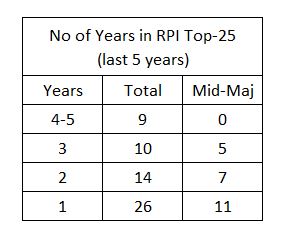 As I mentioned earlier, being in the Top-25 doesn’t necessarily mean that you are a legitimate Final Four candidate. So let’s wrap up the tables with a snap-shot of the actual Final Four teams since 1984 and see how many mid-majors we can find:
As I mentioned earlier, being in the Top-25 doesn’t necessarily mean that you are a legitimate Final Four candidate. So let’s wrap up the tables with a snap-shot of the actual Final Four teams since 1984 and see how many mid-majors we can find:
One of the things that Bilas harped on in the article linked in the first paragraph, was for those arguing for parity to define when it arrived. In other words if a sweeping change has taken place, then exactly when do we find the change?
While not moving into actual parity, the recent appearances in the Final Four by Butler, VCU, and Wichita State clearly show up as a change. Have the one-and-done players left room for mid-majors to move up? Or are their recent appearances just normal variations and not the start of a trend? As with most things, time will tell.
CONCLUSION
I think that it is pretty obvious that by any reasonable definition, parity does not exist in college basketball. The make-up of the basketball elite varies from year-to-year, but doesn’t include many mid-majors. I like my tables, but I can reach this same conclusion with a short list in Jeopardy format: Pete Gillen, Skip Prosser, Thad Matta, and Sean Miller.
The correct question is “Who were former basketball coaches at Xavier?” Parity in college basketball does not and will not exist because the much richer schools will hire away successful coaches from the mid-majors. For a more recent example, WF more than quadrupled Danny Manning’s salary to get him away from Tulsa.
As I’ve said many times, success in college sports is always tied to the head coach. The head coach is responsible for every aspect of his team/program and all successes and failures lead back to his office. A program, high-major or mid-major, will not retain elite status without elite coaching…and lots of money.
Post Script
VCU and San Diego St have found different ways to get around the iron-law of free commerce to keep successful coaches. VCU has chosen to pay Smart in the same neighborhood as many high-major coaches (by raising tuition at least once) in an attempt to keep him in Richmond. San Diego St gave Steve Fisher a second-chance after the scandal at Michigan. After five-straight trips to the NCAAT, that second-chance has certainly paid dividends AND the 69-year old Fisher has the 13th ranked recruiting class coming in this fall.
The path taken by San Diego St is really not a blue-print to success for mid-majors. But, VCU’s approach could work for other schools. The open questions about VCU are:
– How long will VCU’s approach work? (Note that it works pretty well so-far and even kept Shaka away from UCLA.)
– Is winning important enough for other mid-major programs to step up and do what it takes to keep their basketball coach?


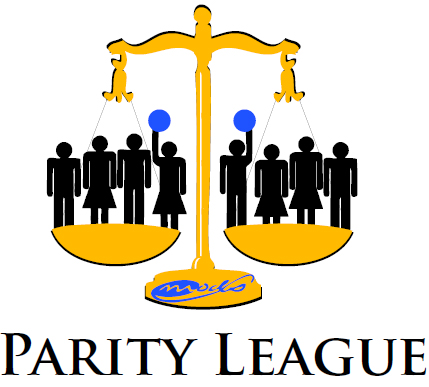
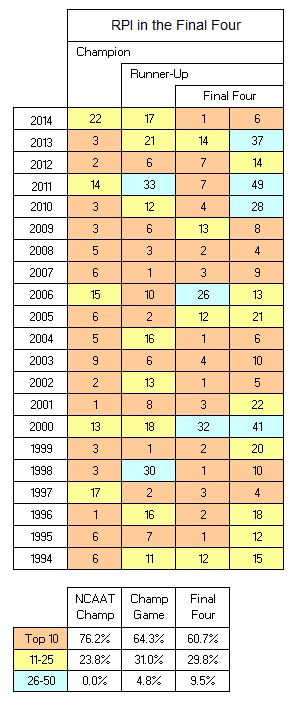
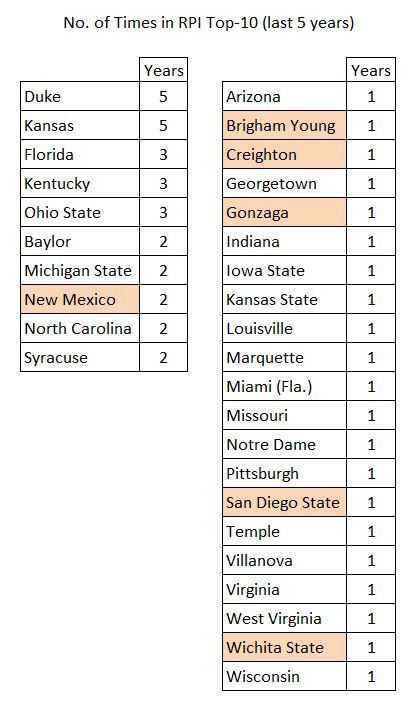
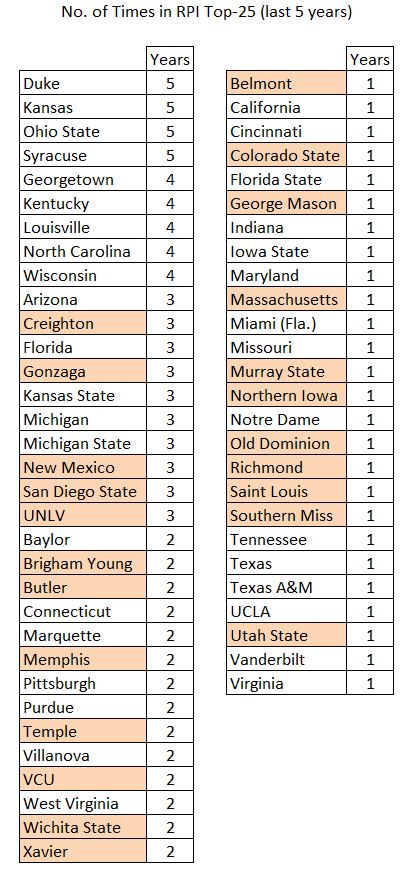
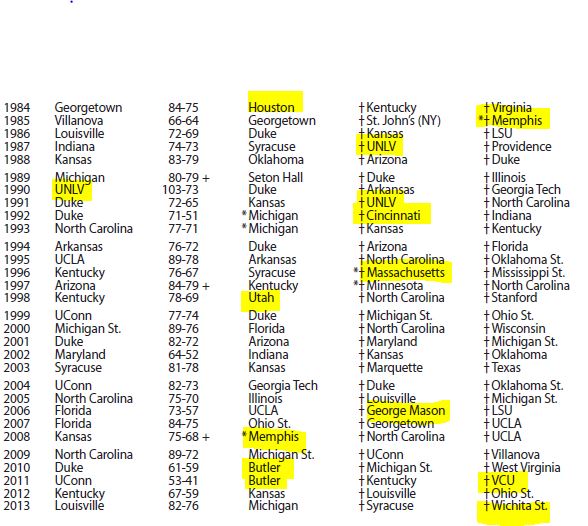

You must be logged in to post a comment.